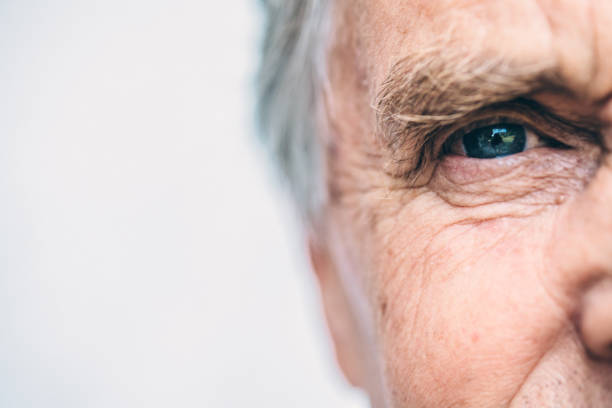Keeping active could reduce the risk of cataracts as we age, according to new research.

Picture: iStock
A new large-scale study has found evidence that regular exercise could reduce the risk of age-related cataracts (ARC).
Carried out by researchers from Xi’an Jiaotong University, China and the University of South Australia (UniSA), Australia, the new study included data from six previous studies which had investigated how exercise reduces oxidative damage in the eye.
The studies included a total of 171,620 participants, who were followed for between six and 12 years, and 19,173 cases of age-related cataracts.
The findings showed that taking part in regular physical exercise, such as walking or cycling, significantly reduced the risk of age-related cataracts by 10%.
Picture: iStock
The researchers also found that for every hour of cycling or walking per day, the risk of developing cataracts could potentially be reduced by 2%.
“We know that exercise increases antioxidant enzyme activity which has all sorts of benefits, including limiting infections and inflammation in the eye,” explains researchers Dr Ming Li.
Previous research has also shown that long-term physical activity increases levels of HDL (high-density lipoprotein), more commonly known as the “good cholesterol”, which may carry more antioxidants from the blood plasma to the lens to prevent oxidative damage.
Previous studies have also linked an increased risk of age-related cataracts with insulin resistance and lipid profiles, and exercise can improve both.

Picture: iStock
“Age-related cataracts are one of the most common causes of vision impairment and blindness in the world and although surgery is an effective option to recover vision, it is very costly,” Li says.
“The lens is highly susceptible to oxidative damage because of its high concentration of polyunsaturated fatty acid and its specific biological function. Although we don’t completely understand the mechanisms underlying ARC, we do know that ageing and oxidative damage play a crucial role in the development of the disease.”
“Considering the fact that 24% of adults are inactive, these findings will hopefully encourage older people to start exercising on a regular basis,” Li says.
For more news your way, download The Citizen’s app for iOS and Android.
Download our app




